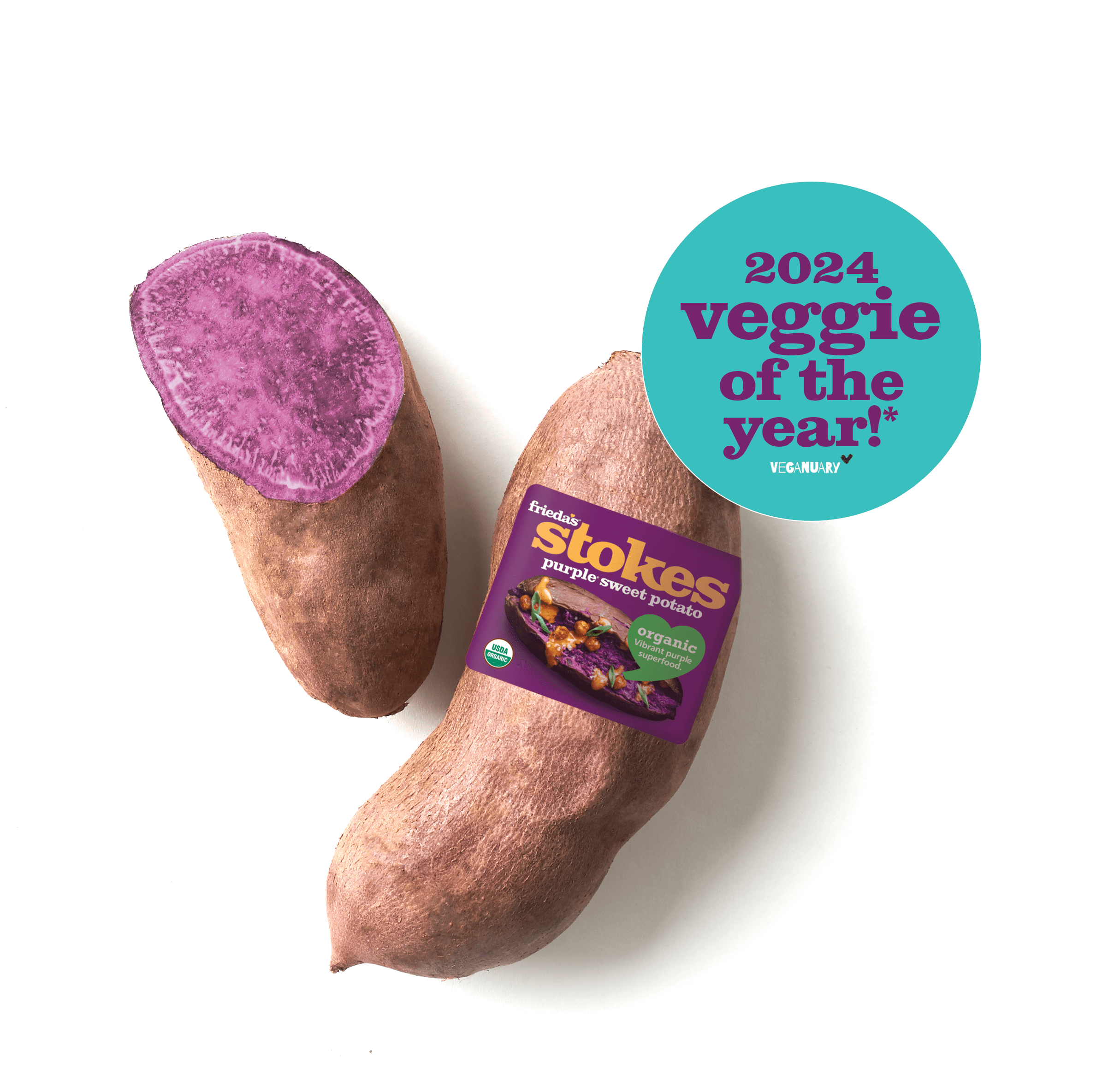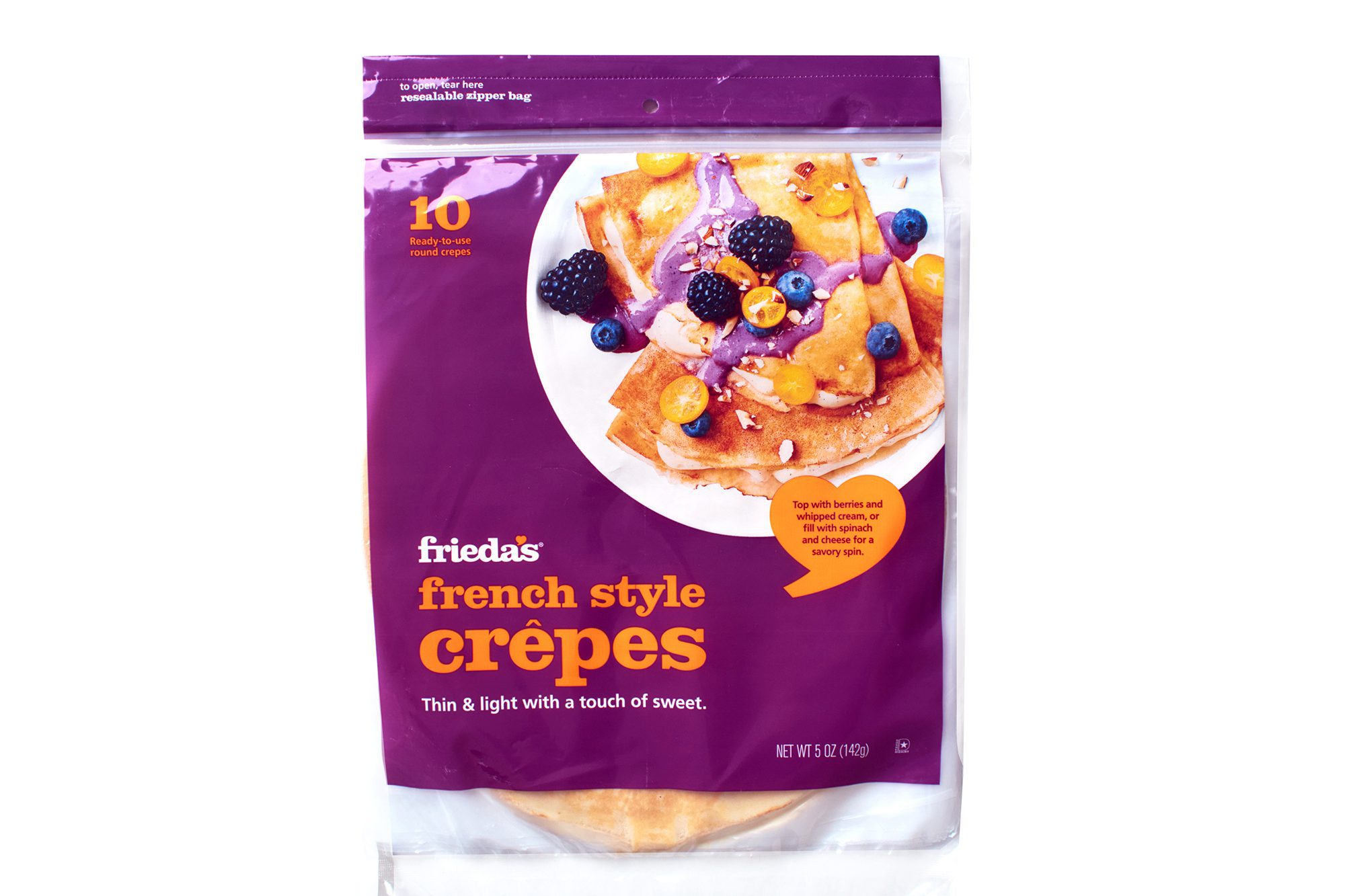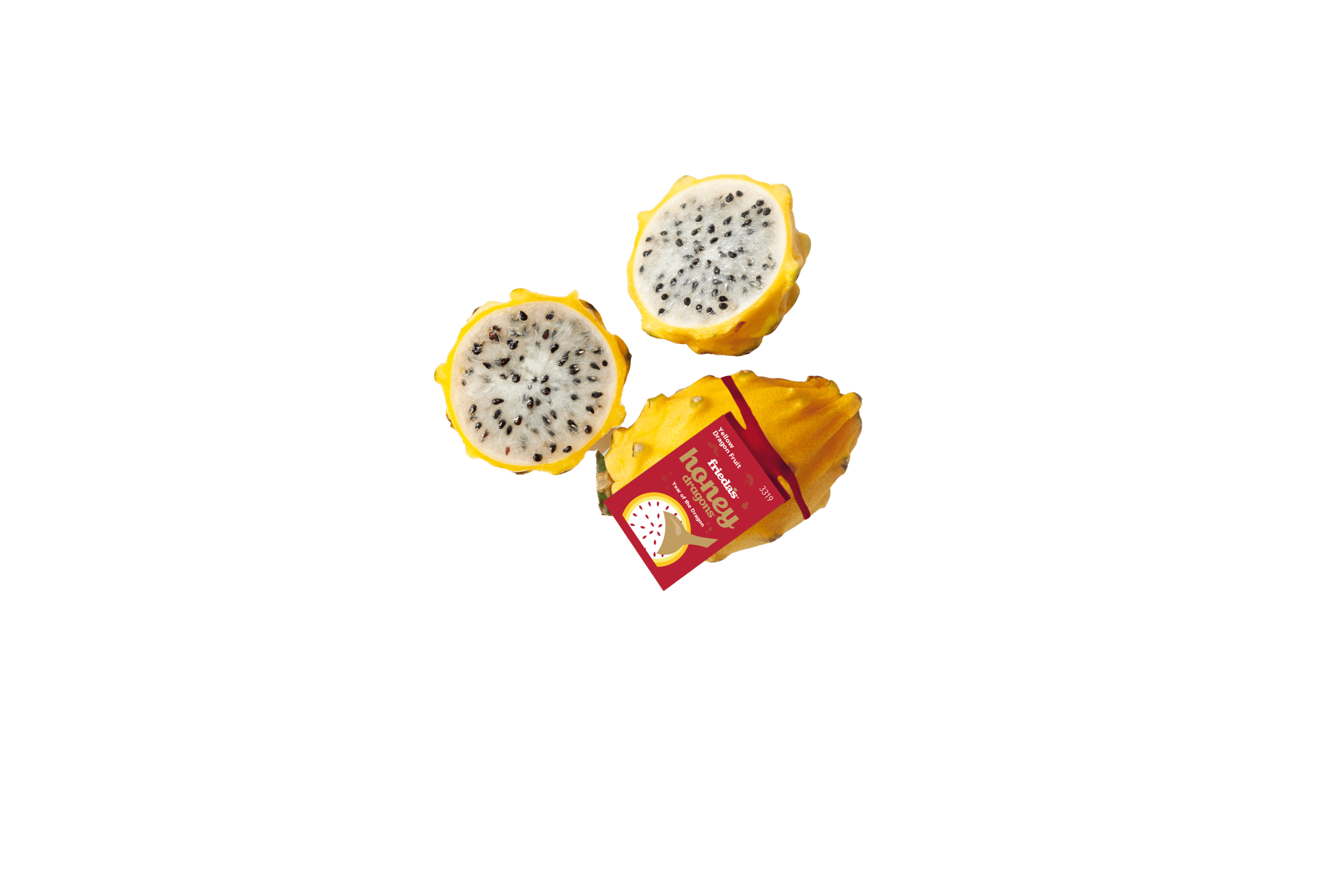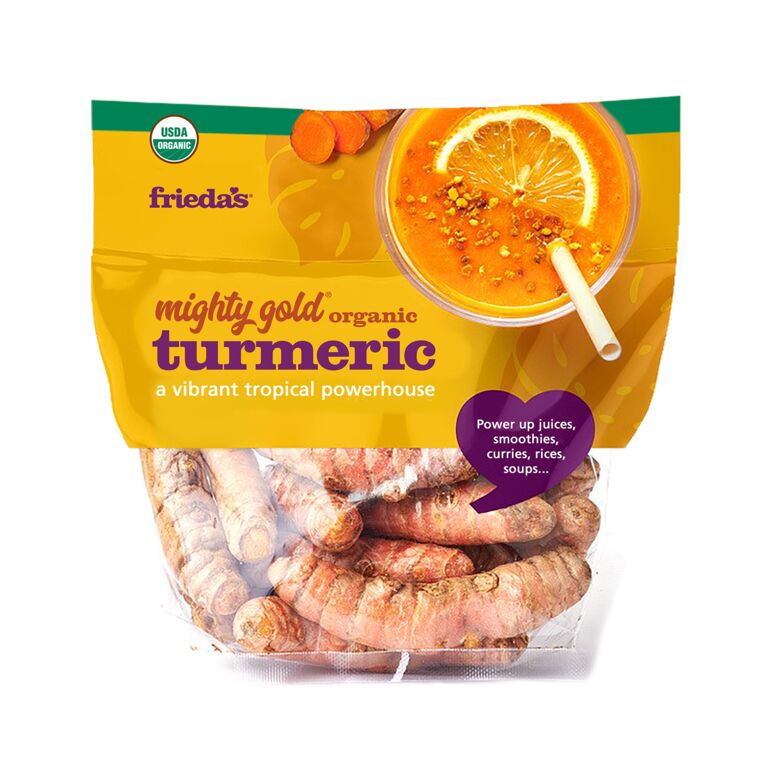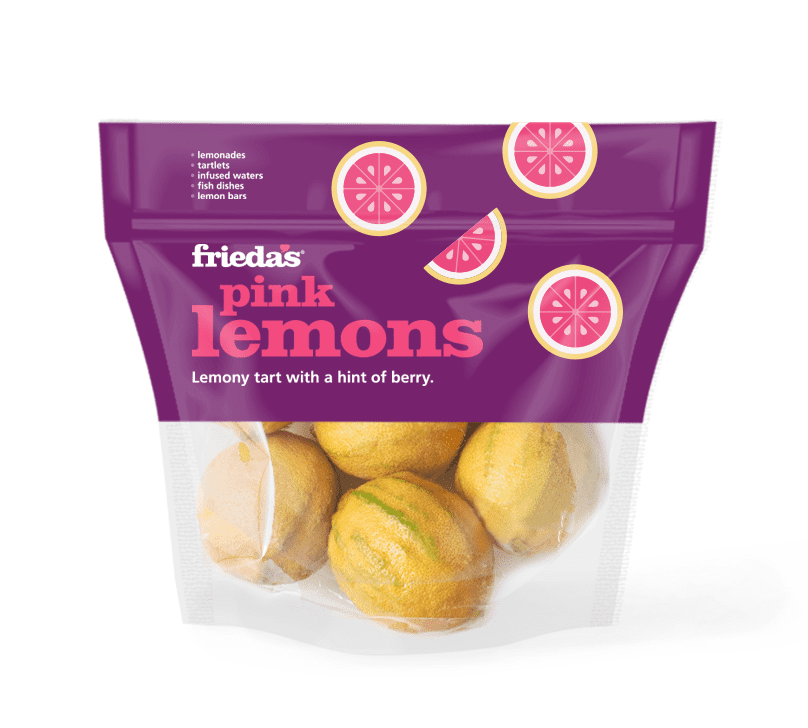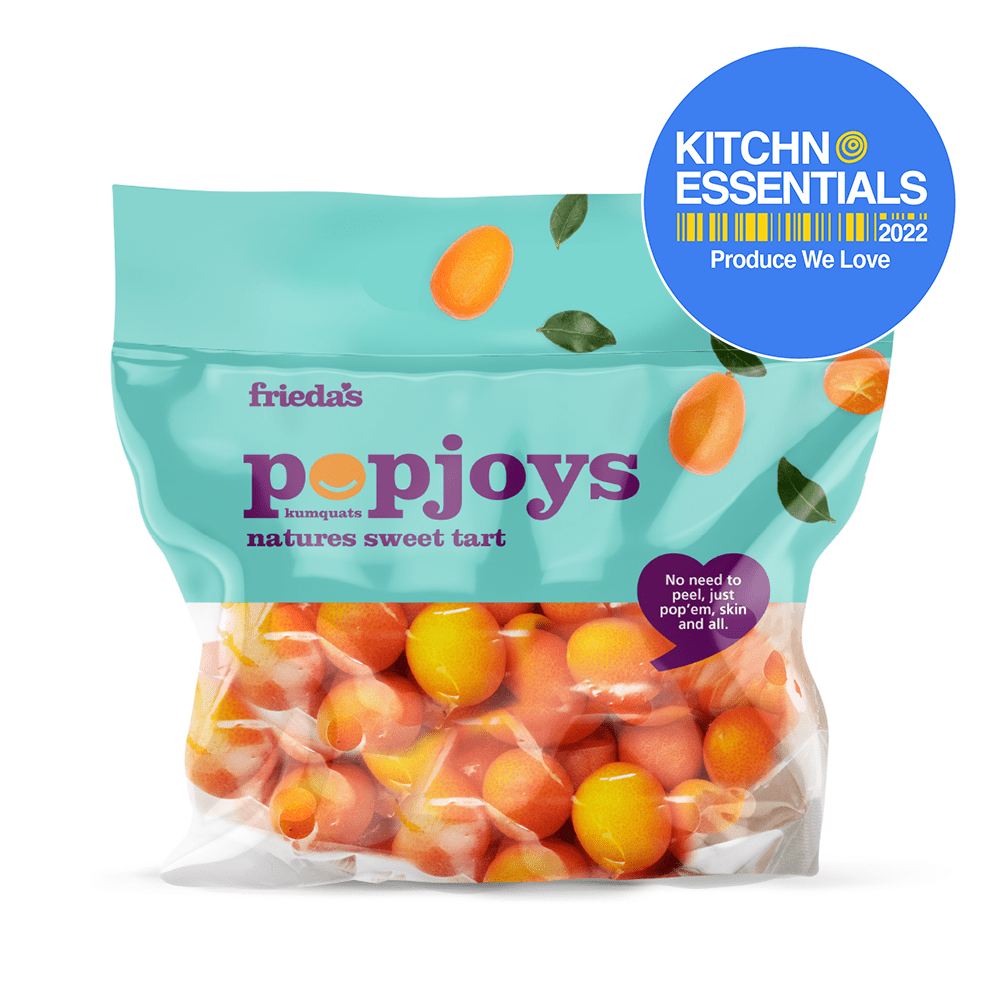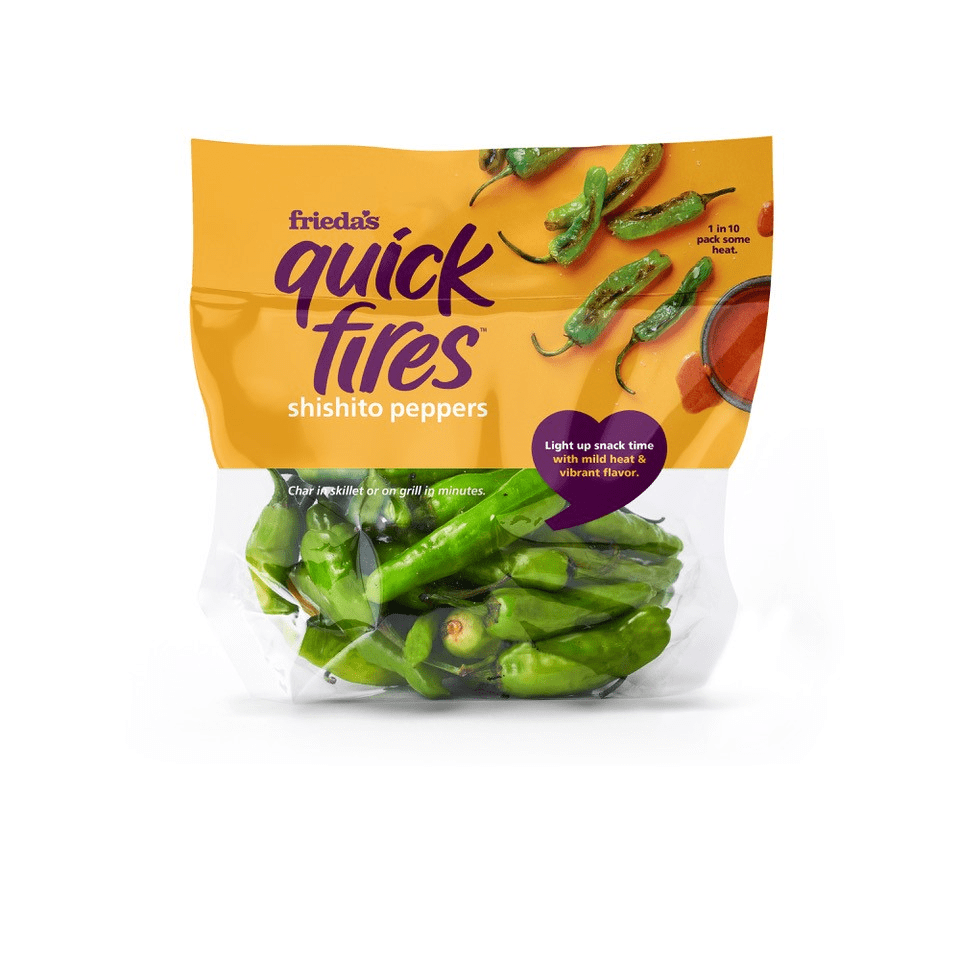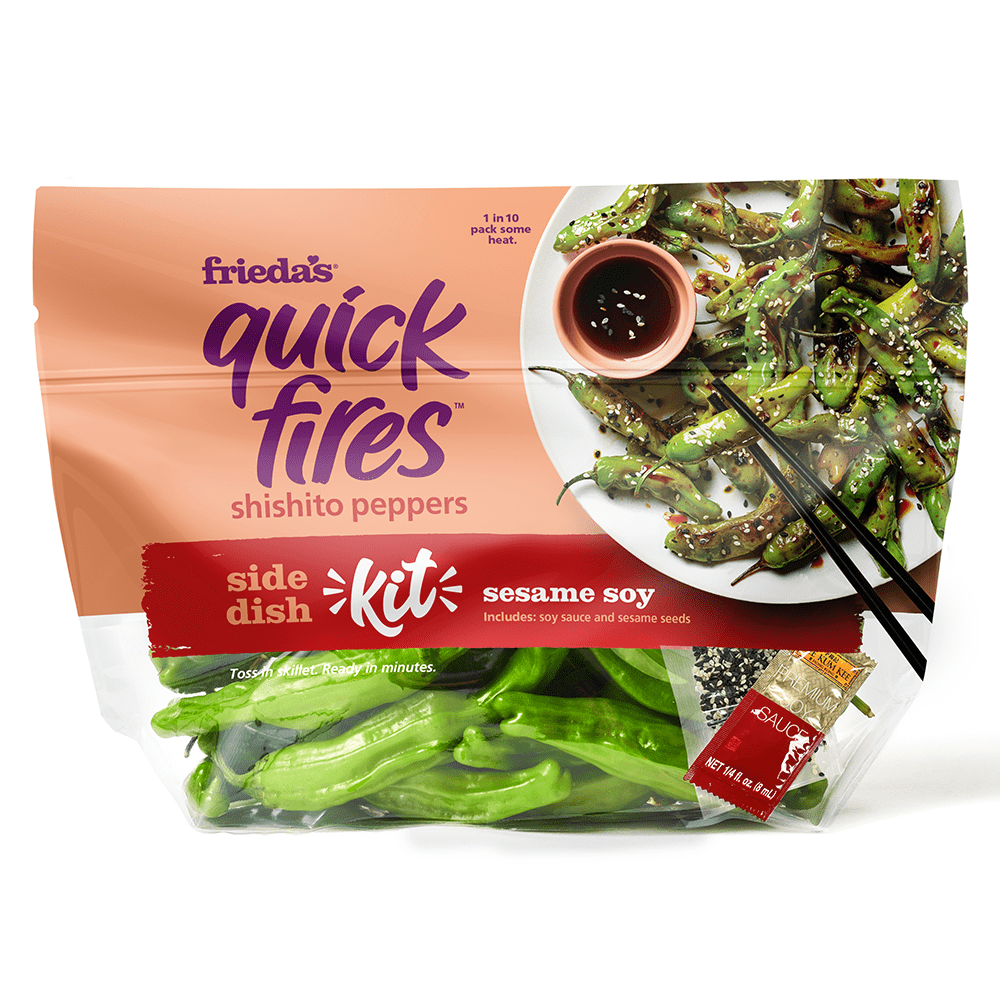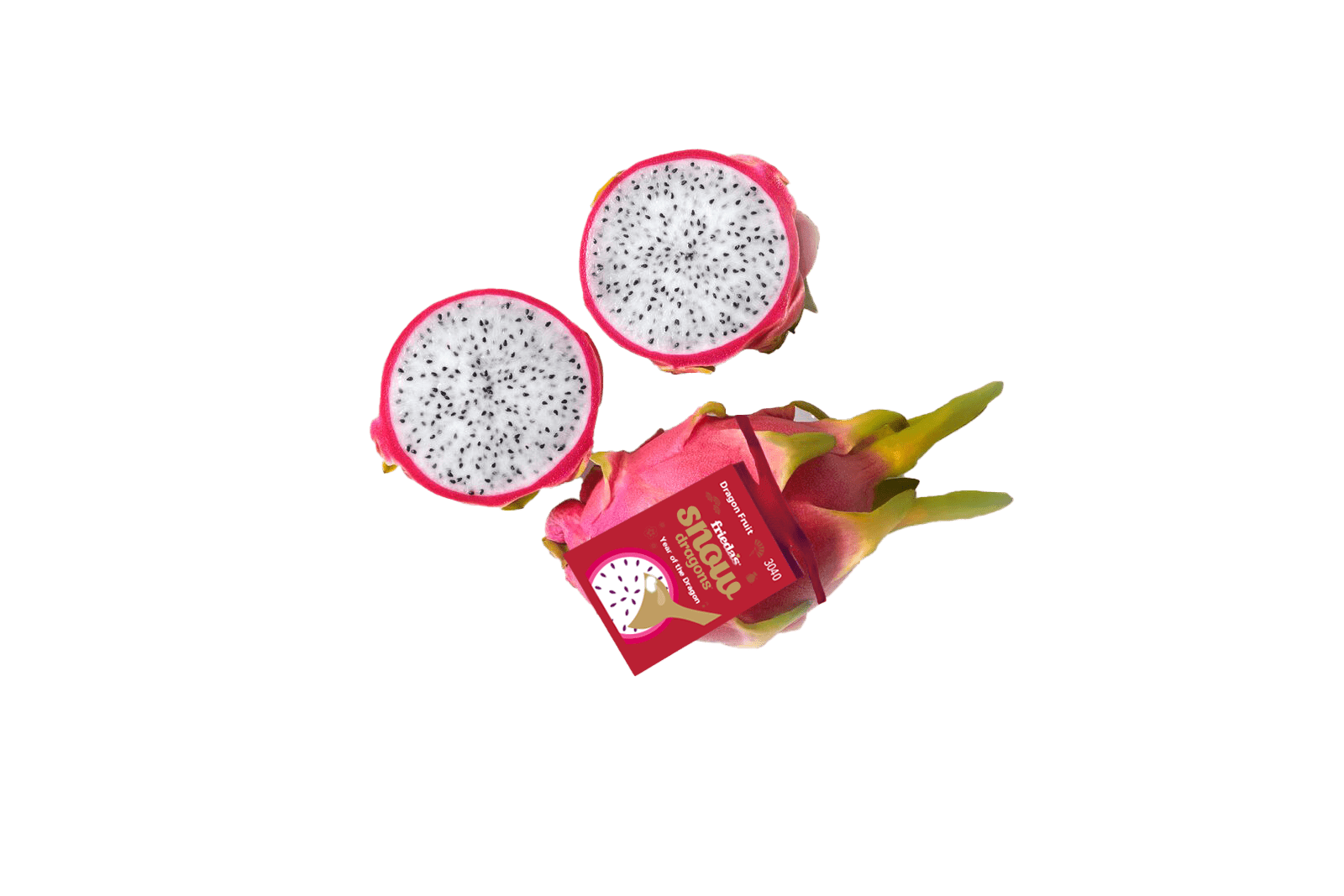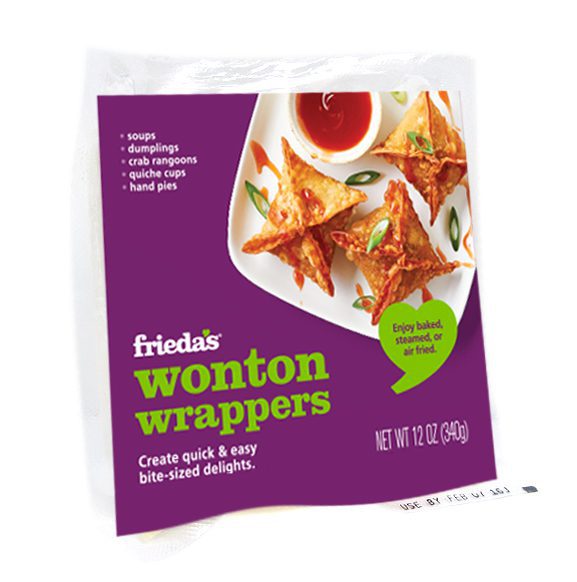It all started about 5 months ago. We began to get almost daily emails from consumers all over the world (not just in the United States), asking us about our Stokes Purple® Sweet Potatoes. They wanted to know where to purchase them.
Because the emails were continuous, we started to ask consumers how they heard about them and for some background on their request.
As it turns out, the BBC has a series called “How to Stay Young” and had just aired a segment featuring the Japanese diet. Two of the BBC’s reporters took a trip to Okinawa, Japan, to take a look at the purple sweet potato. They discovered that Professor Craig Wilcox and his brother, Bradley Wilcox, M.D., have been studying the Okinawan diet for the last decade and believe a key factor in the Okinawans’ vigorous health (living to over 100) can be attributed to the consumption of…purple sweet potatoes. (Actually the title of one of the articles covering this story was “Purple sweet potato is the secret to living until 100 – but you may have to eat over half a kilo!”).
Another source that talks about the Okinawan diet and purple sweet potatoes is Blue Zones, an organization founded by National Geographic fellow Dan Buettner, who has written three books on the topic of how lifestyle and diet impact longevity.
Now there are multiple kinds of purple sweet potatoes. The kind that are grown and consumed in Okinawa are light beige on the outside and have a mottled, light purple flesh. They are available on a limited basis in U.S. supermarkets, but they must be irradiated to come onto the mainland because they are grown in Hawaii.
Okinawan Purple Sweet Potato, uncookedThe Stokes Purple® Sweet Potatoes that we market and sell are actually grown in Northern California. They have a purple-ish skin and a very dark, vibrant purple interior.
Stokes Purple® Sweet Potato, uncookedThe name “Stokes Purple®” is because the potato was first developed in Stokes County, North Carolina. Our grower partner here in California found that the growing conditions in California are actually optimal for growing the Stokes Purple®, so we’ve moved all the growing to their farms in Northern California.
Even though they have different origins, purple sweet potatoes share some of the same qualities:
- A denser texture and earthy taste, compared to orange sweet potatoes.
- Anthocyanins that make them naturally purple. These plant compounds are being studied for their roles in helping to reduce the risk of cardiovascular disease, cognitive decline, and cancer.
In Okinawa, it is reported that natives eat an average of half a kilo (1 pound) per day of purple sweet potatoes! Professor Wilcox says the purple sweet potato helps maintain healthy blood vessels.
Here in the U.S., we have found that high performance athletes and those practicing a vegetarian or vegan diet tend to be the highest consumers of Stokes Purple® Sweet Potatoes. Our goal is to have year-round availability, but because they are SO popular (and healthy), we tend to sell out before summer begins.
The good news is that our farmer has just begun the harvest of this year’s Stokes Purple® Sweet Potatoes and we will begin shipping them to supermarkets across the U.S. next week. We distribute both organic and conventional sweet potatoes, so depending on where you shop, you may find either. You’ll recognize these amazing purple-fleshed potatoes by the label.
If you want to try them, but don’t find them in your store by mid-September, please email us here, and we will do our best to get them into your store.
I just have to share with you a few of my personal favorite recipes for these unique potatoes: “Stokes Purple® Sweet Potato Medallions with Chipotle Cream, ” “Purple Power Breakfast Bowl,” and “Stokes Purple® Sweet Potato Oven Fries.”
Purple Power to the People!
Karen

